On the first Monday of May 2025, the Met Gala red carpet that most scrutinised runways - shed its usual veneer of fantasy and entered the realm of politics and cultural memory. If last year’s theme, Garden of Time, washed the night in blooms and dreamy silhouettes, this year marked a decisive turn. Under the bold title “Tailoring Black Style”, the Costume Institute’s gala became more than a display of couture - it was a declaration.

On the first Monday of May 2025, the Met Gala red carpet that most scrutinised runways - shed its usual veneer of fantasy and entered the realm of politics and cultural memory. If last year’s theme, Garden of Time, washed the night in blooms and dreamy silhouettes, this year marked a decisive turn. Under the bold title “Tailoring Black Style”, the Costume Institute’s gala became more than a display of couture - it was a declaration.
October 3, 2025
On the first Monday of May 2025, the Met Gala red carpet that most scrutinised runways - shed its usual veneer of fantasy and entered the realm of politics and cultural memory. If last year’s theme, Garden of Time, washed the night in blooms and dreamy silhouettes, this year marked a decisive turn. Under the bold title “Tailoring Black Style”, the Costume Institute’s gala became more than a display of couture - it was a declaration.
The suit, long dismissed as uniform or conformity, was remade as a vessel for self-expression and history. Menswear - and the tailoring that defines it - became an open field, claimed by women, non-binary identities, and above all by Black artists, designers, and cultural leaders. What unfolded on the steps of the Metropolitan Museum of Art was not merely fashion theatre. It was reckoning.
Black dandyism is not new. It has existed for centuries as both survival and resistance. In the 18th and 19th centuries, enslaved people who gained freedom often used dress as their first language of dignity - claiming European tailoring and reshaping it into something distinctly their own. By adorning themselves in suits, hats, ties, and canes, Black men and women defied the caricatures imposed upon them, pushing back against an oppressive gaze. Clothing became armour.

This heritage was codified in 2009 when academic Monica Miller published Slaves to Fashion: Black Dandyism and the Styling of Black Diasporic Identity. Miller argued that dandyism in Black communities was never mere imitation. It was an act of reclaiming, a radical reworking of European codes to assert presence, intellect, and artistry. Her work became the cornerstone for exhibitions such as Superfine: Tailoring Black Style, which positioned the Black dandy as a critical figure in cultural history.
To see the Met Gala, the most visible fashion event in the world, finally embrace this framework was to witness the mainstream acknowledging what had long existed in the margins.
The Met Gala has always trafficked in spectacle. But this year’s spectacle carried a sharper message: that tailoring has broken free from its gendered confines.
Two decades ago, the Met staged Men in Skirts (2003), an exhibition that challenged the default binary of dress. Since then, designers from Jean Paul Gaultier to Thom Browne have used menswear as a medium for play, questioning masculinity and power. But what appeared on the Met steps in 2025 went further: the suit was no longer just a garment for men, nor a curiosity when worn by women. It was a shared canvas.
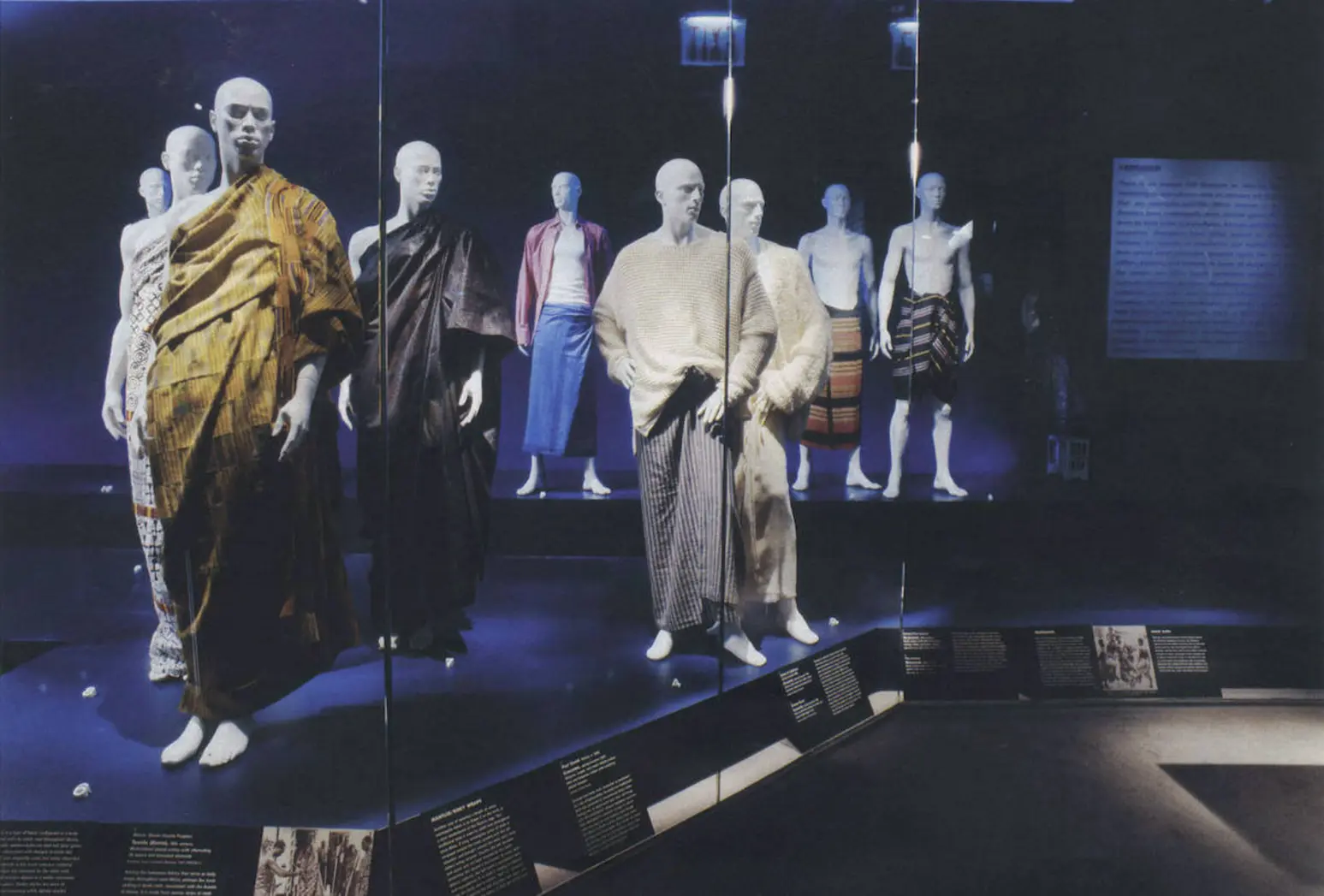
“Menswear is dead,” one stylist quipped on the carpet. “We are in the age of tailored identity.”
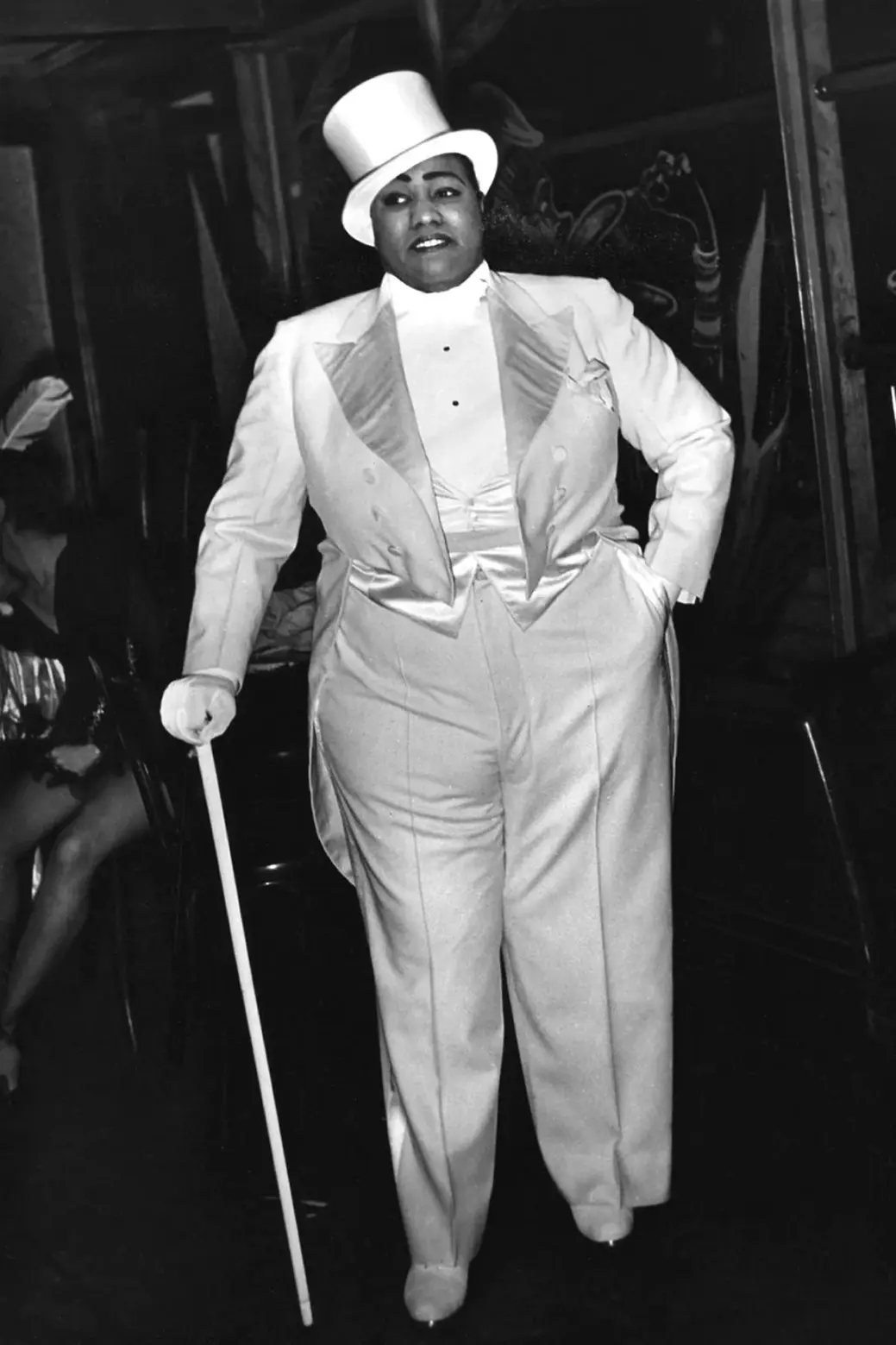
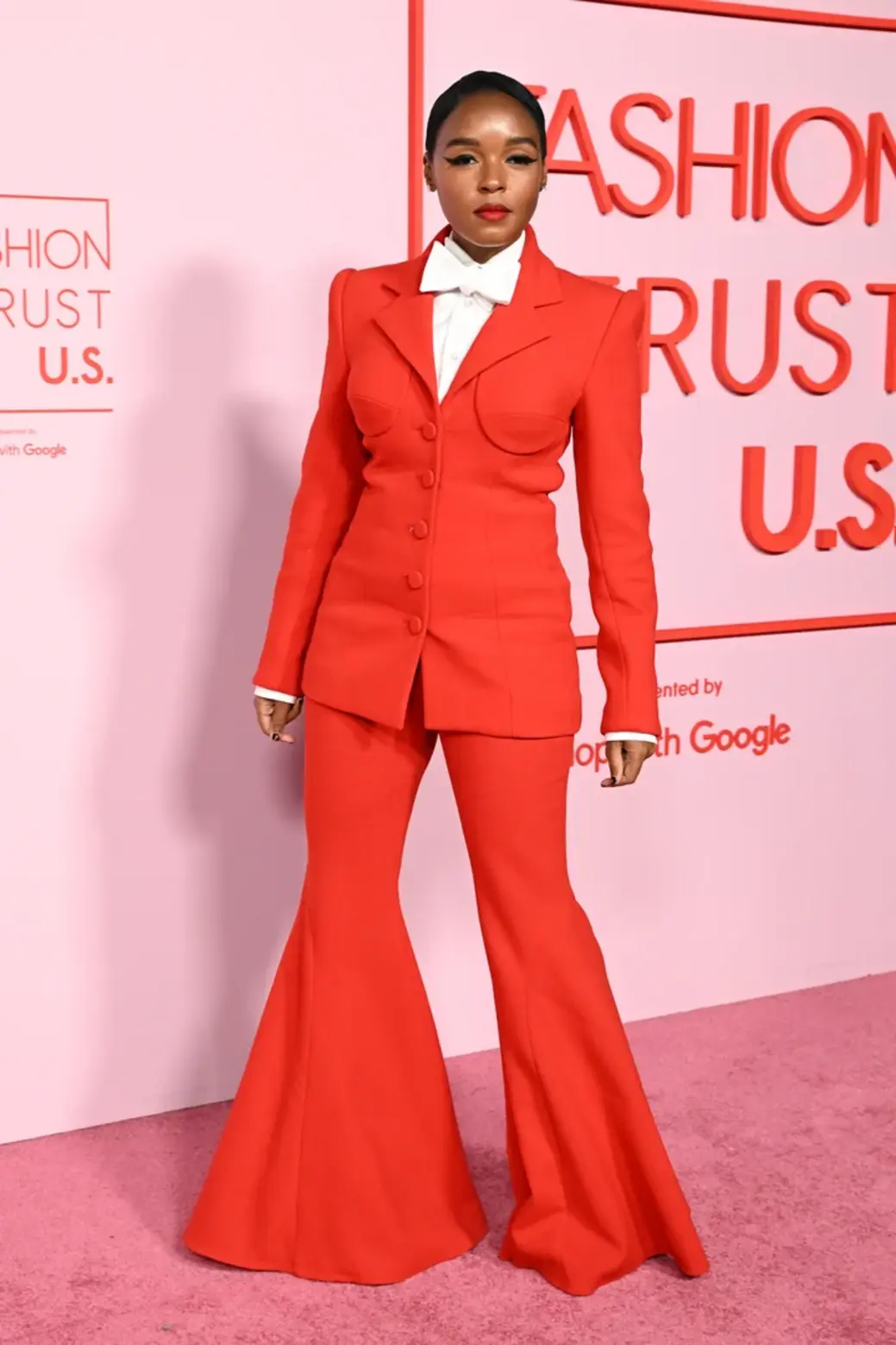
Indeed, the night confirmed that suits could be cropped, pleated, sequined, embroidered, or deconstructed — without losing their gravitas. They were worn by athletes and actors, singers and models, across genders and generations. The suit, once the embodiment of Western conformity, has become the most globalised, democratised, and radical garment of all.
Co-chaired by Pharrell Williams, Lewis Hamilton, Colman Domingo, and A$AP Rocky, with honorary chair LeBron James, the evening assembled a pantheon of cultural figures who understood the weight of the theme.
Pharrell, Louis Vuitton’s menswear creative director, arrived in a pearl-studded blazer that took 400 hours and 15,000 pearls to complete. “To me, dandyism is about intentionality,” he told Vogue. “It’s not just about looking good; it’s about using style as a form of freedom and expression.”

Hamilton, styled by Eric McNeal, wore a bespoke tailcoat by Grace Wales Bonner — the British-Jamaican designer whose fusion of tailoring and sportswear has redefined modern elegance. Bonner herself debuted at the Gala in a bespoke suit, while also dressing Jeff Goldblum in a fur-trimmed overcoat.
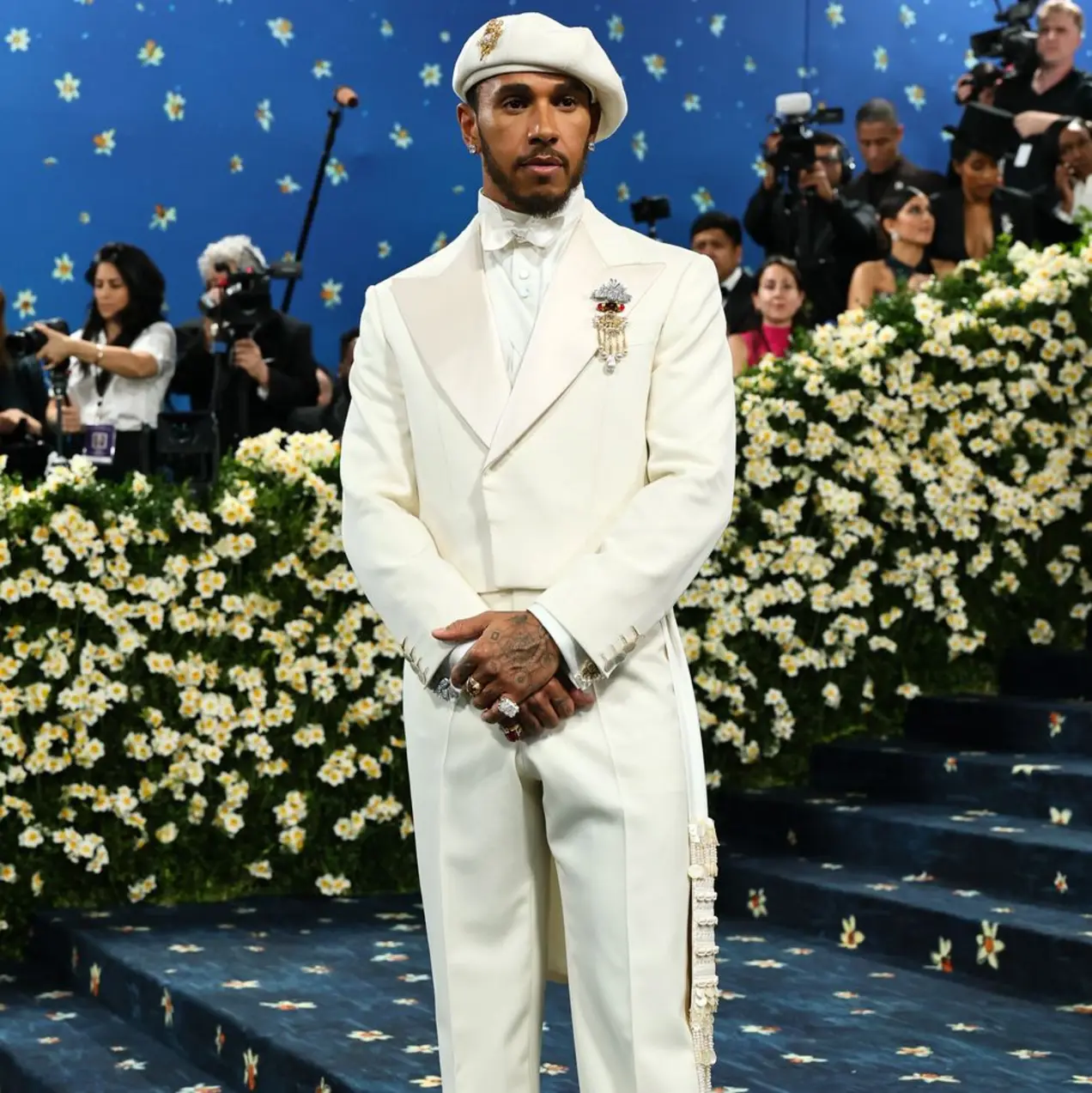
Actor Colman Domingo embraced multiplicity: one look in royal blue Valentino with sweeping pleats and sequined linen; another, a black-and-white plaid ensemble topped with a dramatic floral appliqué. A$AP Rocky layered a Marmot jacket over a classic suit, accessorising with a Bvlgari necklace and a custom umbrella designed by his own label AWGE — while simultaneously announcing, in classic showman style, the gender reveal of his third child with Rihanna.

It was not only the co-chairs who delivered. Rihanna herself arrived late — as tradition demands - in a custom Marc Jacobs ensemble: cropped wool jacket, a tailored skirt with a tied-jacket bustle, and a polka dot satin cravat. She finished off the ensemble with ankle-chain pumps, a custom Marc Jacobs x Stephen Jones hat, and Cartier jewelry. Zendaya, another Louis Vuitton muse, channelled Slaves to Fashion in a waistcoat, tie, and flared trousers. Teyana Taylor swept in draped in a crimson cape embroidered with “Harlem Rose,” referencing her own song, and carrying a cane. Doechii lit a cigar, her bowtie and socks perfectly matched, a vision of Gen Z swagger rooted in ancestral codes.
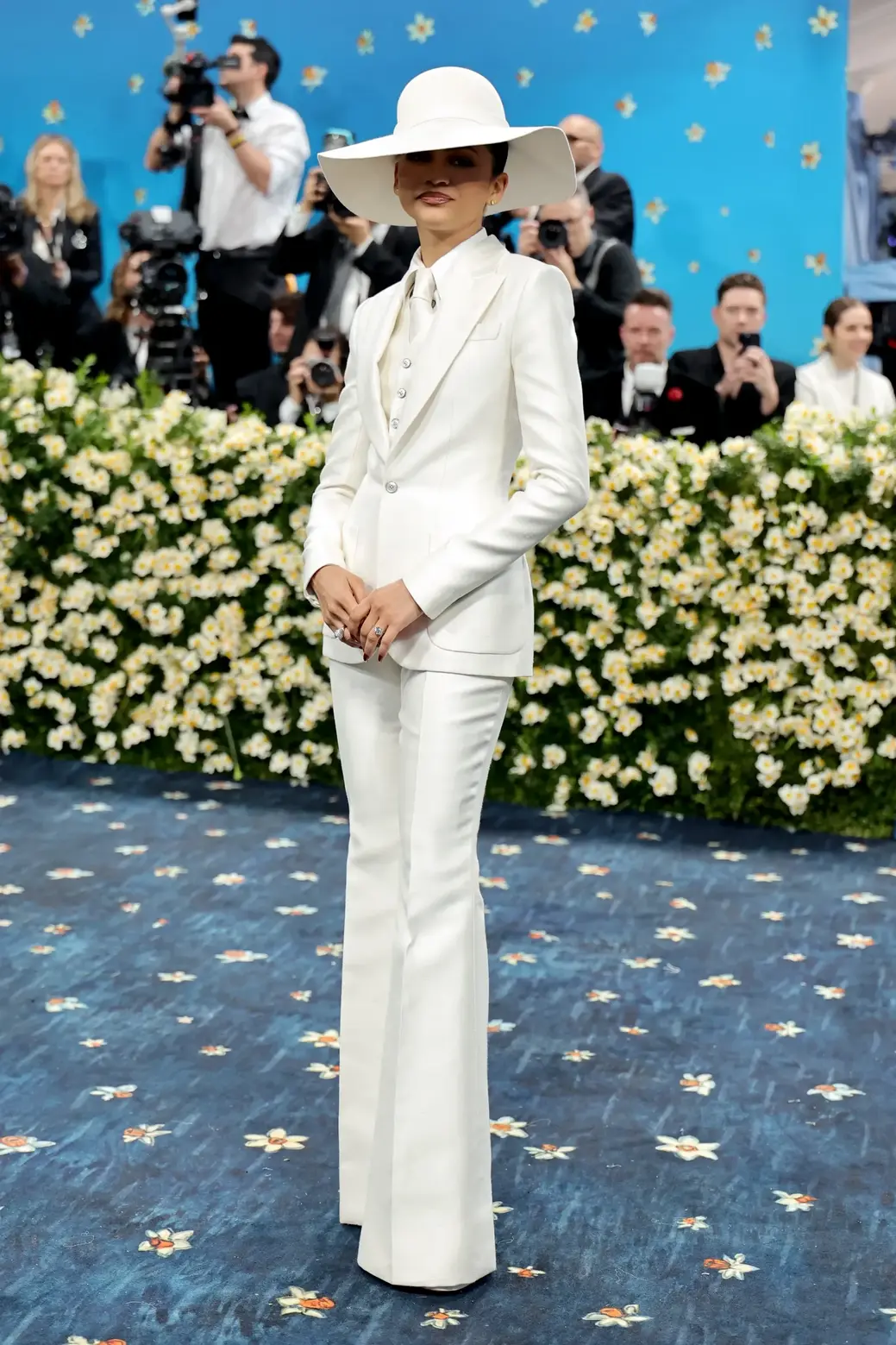
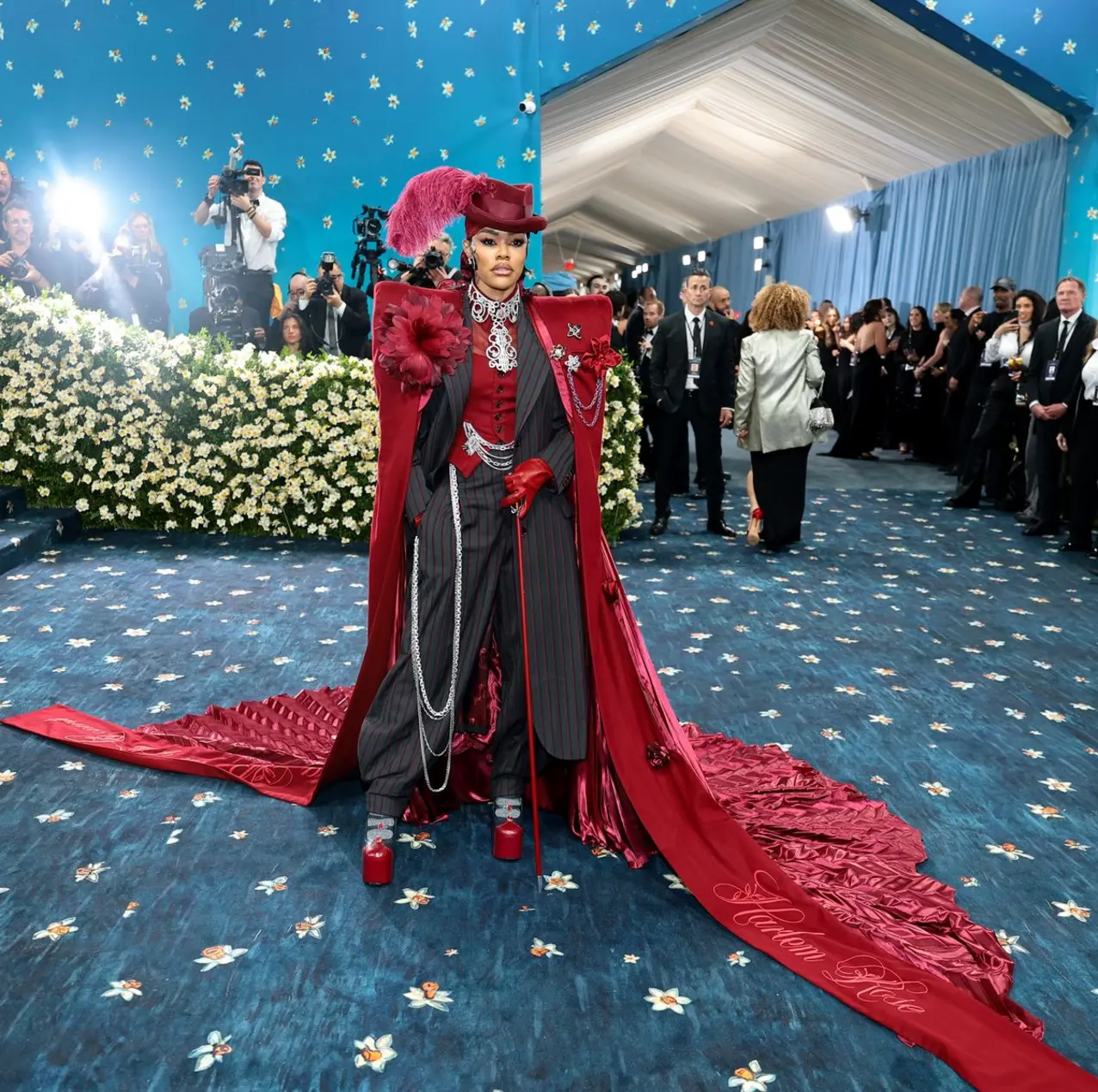

Everywhere on the carpet, the codes of Black dandyism were visible: hats, brooches, pocket squares, walking sticks. But they were never costume. They were reminders of history, alive and remade.
What emerged at the 2025 Met Gala was not simply a tribute to Black dandyism in America, but a recognition of its global resonance. Across cultures, tailoring has long been a site of rebellion.
In 1940s Mexico, Zoot suits became a symbol of Pachuco resistance against assimilation. In postcolonial Africa, leaders from Kwame Nkrumah to Mobutu Sese Seko used Western tailoring to assert both modernity and authority — often remixing it with indigenous fabrics. In the Caribbean, Sunday best attire has been both devotion and defiance.
Today, in the Middle East, the politics of menswear intertwine with questions of modesty and Westernisation, while in Brazil, baile funk stars fuse streetwear and tailoring in exuberant displays. What connects these movements is the same impulse: to take the suit — the supposed neutral of Western fashion — and bend it into something radically local, radically personal.
The Met Gala’s theme underscored that Black dandyism is not an isolated aesthetic. It is part of a larger story of fashion as cultural resistance, where tailoring becomes the battleground between conformity and liberation.
The night also served to dismantle the myths that still cling to Black dandyism.
Myth one: it is mere flamboyance. In reality, every detail — from bowtie to cane — carries coded meaning, linking the wearer to a lineage of style as resistance.
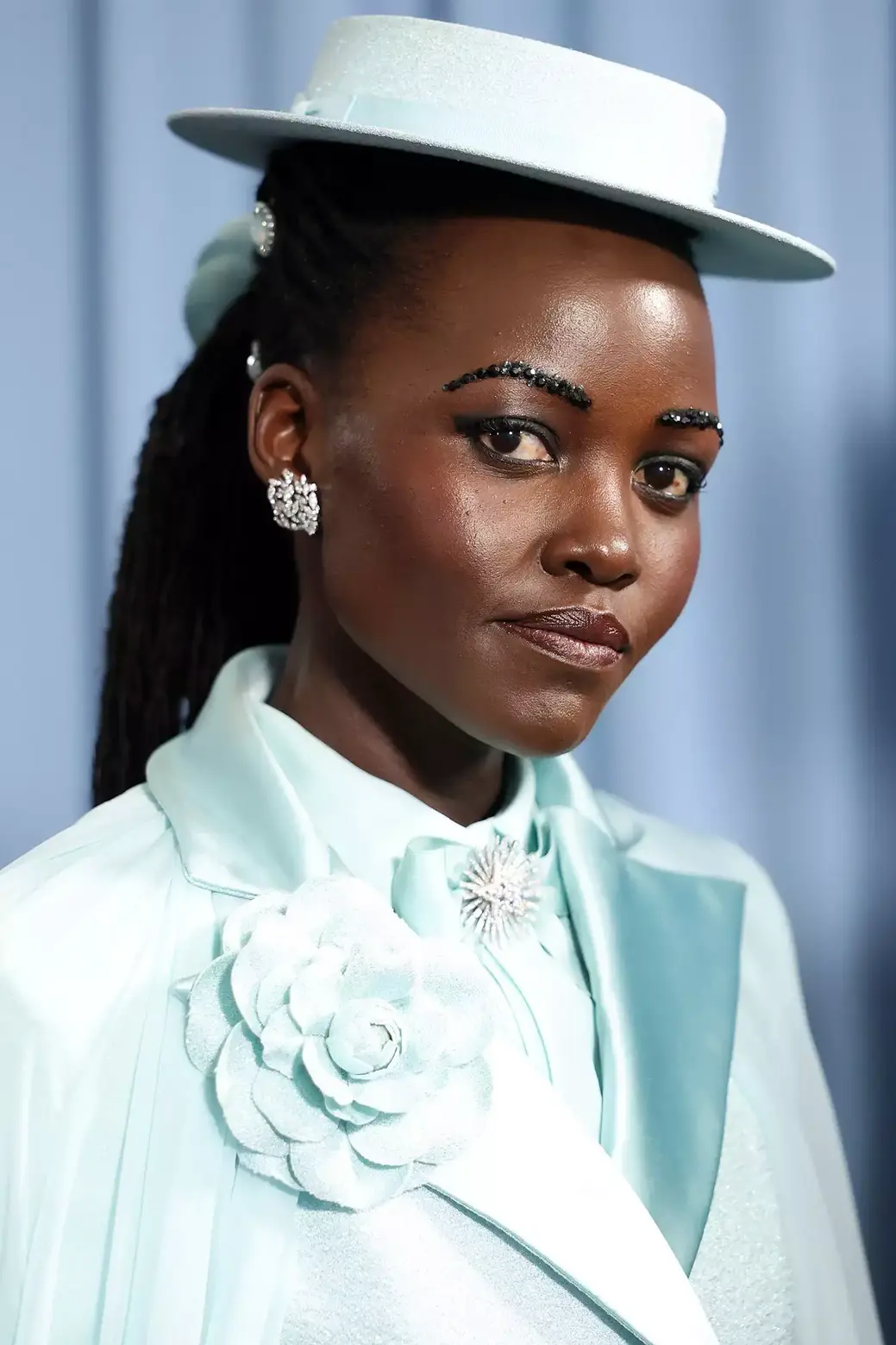
Myth two: it is mimicry of European fashion. In truth, Black dandyism reclaims European tailoring but refuses to be bound by it. A sequined lapel or embroidered slogan reasserts authorship.
Myth three: it is nostalgia. Far from a backward glance, Black dandyism is futurist - it imagines new identities, new freedoms. On the 2025 carpet, it was clear that dandyism is not about dressing like the past, but rewriting the future.
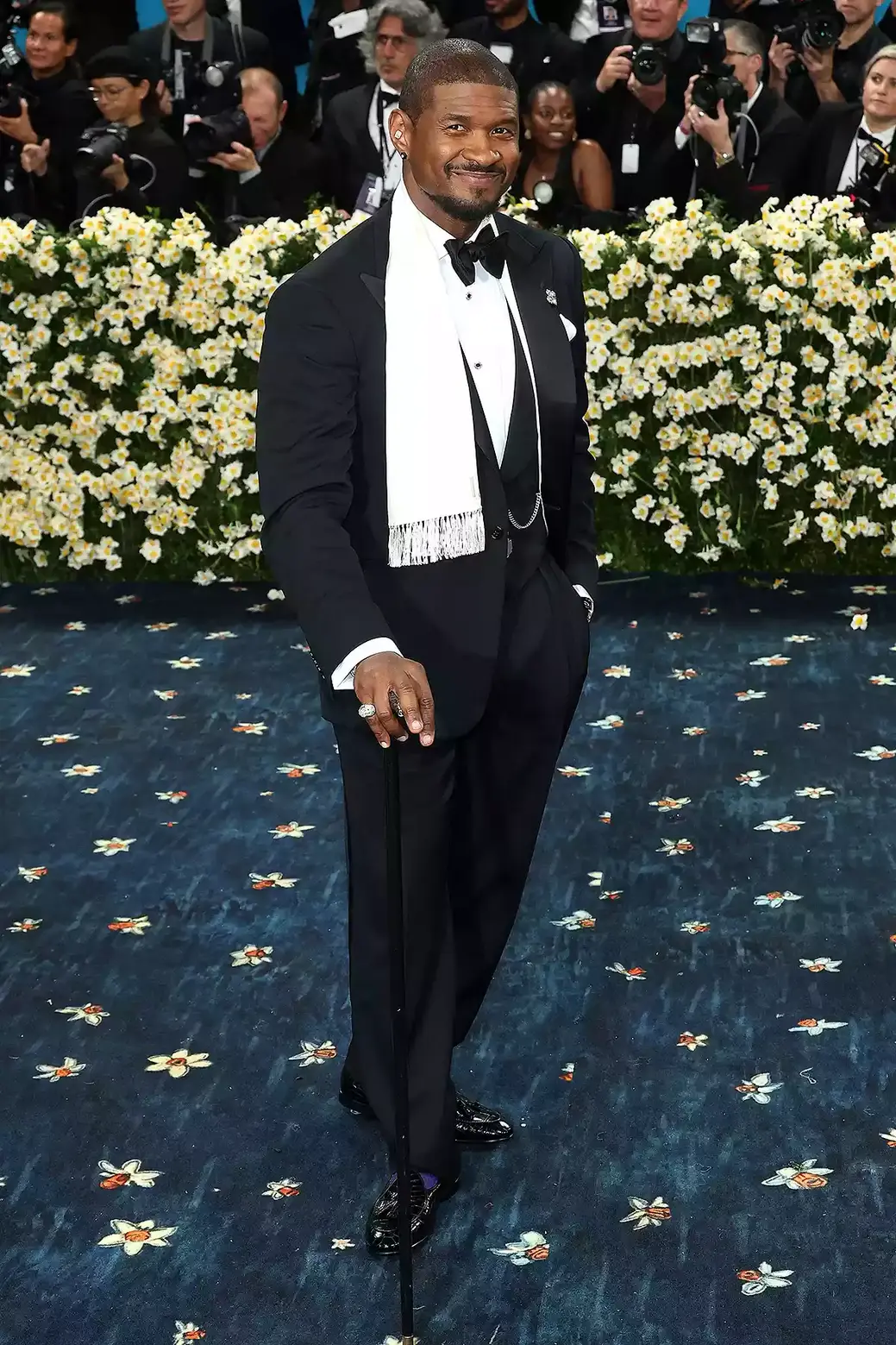
Why does this matter? Because in 2025, questions of race, gender, and representation are more fraught than ever. Fashion, often dismissed as frivolous, remains one of the most visible arenas where culture negotiates power.
The Met Gala’s choice to spotlight Black tailoring was itself political. It reminded the industry that glamour is never neutral. A pearl-studded blazer, a crimson cape, a cane embroidered with words — these are not just flourishes. They are statements of belonging, of defiance, of joy.
In an era when representation risks being reduced to tokenism, the night demonstrated that cultural memory can be inscribed in fabric, buttons, seams. Tailoring is not only about fit. It is about fit in society — who gets to belong, and on what terms.
The 2025 Met Gala confirmed a profound truth: the suit has outlived its reputation as uniform. It is no longer the domain of bankers and bureaucrats. It is, instead, a living archive — a fabric through which individuals inscribe their identity and history.
Black dandyism proved that tailoring is not just fashion. It is testimony. It is continuity. It is a reminder that even the most rigid garment can be remade into freedom.
The night ended, as it always does, with celebrities sweeping into the museum to view the Costume Institute’s exhibition. But this year, what lingered was not just the clothes on mannequins. It was the memory of a carpet alive with history. A carpet that said, with every tailored lapel and brooch, that Black style is not a footnote. It is a foundation.
And perhaps, that is the greatest myth-busting of all.